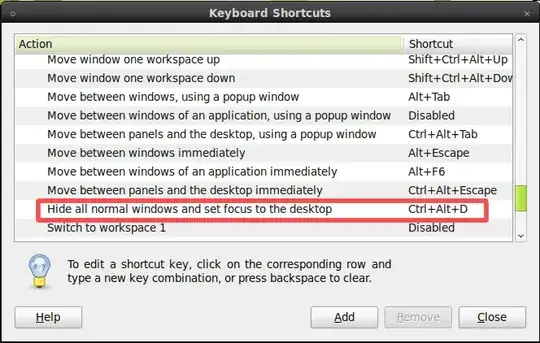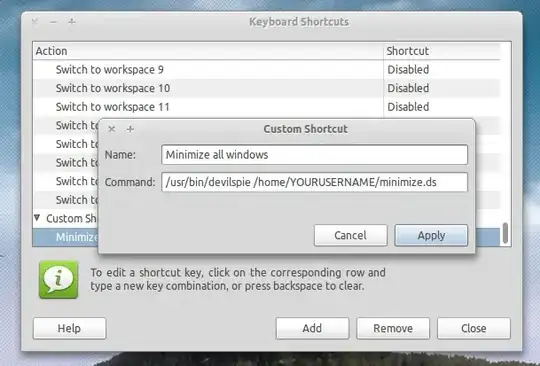I know about the show desktop keybind (default Ctrl+Alt+D), which I use often enough. However, I'm looking for a way to minimize all windows without activating "show desktop".
I'm on a default install (i.e Gnome, Metacity & Compiz). I've looked through all the locations to configure keybinds, that I know. I've also looked at the default keybind list in the Ubuntu wiki and in the Compiz wiki. (Not to mention, searching here.)
I'm interested in knowing where it is available, if not in Gnome/Metacity/Compiz, or some other way to accomplish this with a keybind.

